New Trip Report: Ethiopia
Here’s a new report from Richard Webb of a recent Wildwings tour he led.
Ethiopia, 2018: Richard Webb, 12 days & 47 species including Gerenuk, Bale Monkey and Cape Clawless Otter.
Jon
3 Comments
-
Richard Webb
Theo thanks. It’s interesting that Bovids seems to contradict itself. It quotes a range for hararensis similar to what you’ve described, i.e. south, rather than east/south, of the Chercher Mountains but then under Status states ‘It occurs in a few protected areas like Awash and Yangudi Rassa NP in Ethiopia’. Unfortunately the references are insufficient to determine what this is based on. The range maps in HMW support them being saltiana and in the absence of anything supporting the statement in Bovids I assume that they are.
-
Theo Linders
The Bovid field guide is basically just a copy of the Ungulate Taxonomy book from Groves and Grubbs, but then with pictures instead of data and some mistakes and inconsistencies added in the meantime…. (the Salt’s dikdik split is also not particularly well supported, but is a case where new research migh approve of at least some splits…)
The source G&G have for Salt’s dikdik is Yalden 1978, which gives the ranges as described above, which are also used in Kingdon’s Mammals of Africa.
I am also quite sure that some of the saltiana pictures of the Castello book were actually taken in Awash, but I can’t check that now…
All in all the Castello field guide does a good show in showing the folly of a current stream in ungulate taxonomy, but it is far from a perfect resource…
Leave a Reply
You must be logged in to post a comment.


Theo Linders
Great sightings, especially of the Otter and such a high number of Bale green monkey. Just as a note, the Salt’s dikdik in Aledeghi and Awash are saltiana, not hararensis, hararensis occurs only east/south of the Chercher mountains. Corbet & Yalden (1972) misidentified a saltiana for a hararensis in Awash and it seems many people misidentify them. See Yalden (1978) for more details.